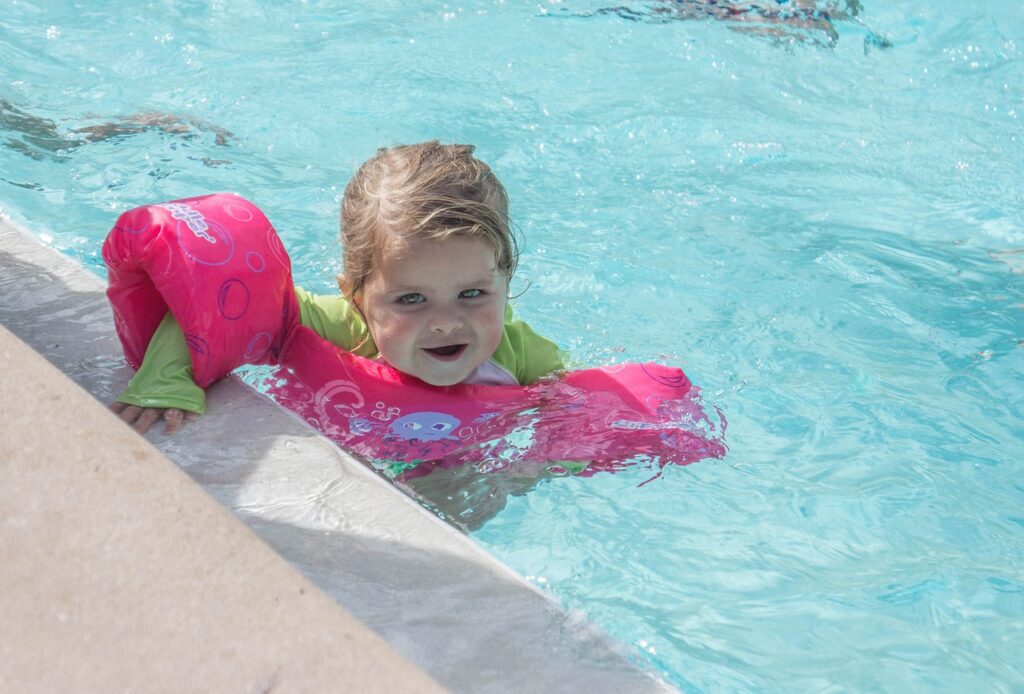Introduction
Summer is the perfect time for children to explore, play, and create memories. For children with sensory processing challenges, typical summer activities can be overwhelming. Loud noises, crowded places, and intense sensory stimuli can make it difficult for these children to fully enjoy their summer break. This post will provide insights into sensory processing issues and offer 10 sensory-friendly activities that can make summer enjoyable for all children.
Understanding Sensory Processing Challenges
Brief Overview
Sensory processing challenges occur when the brain has trouble receiving and responding to information from the senses. This can impact a child’s ability to participate in everyday activities, including summer fun.
Impact on Summer Activities
Children with sensory processing difficulties may find it challenging to engage in typical summer activities due to sensory overload. These challenges can hinder their social interactions and overall enjoyment.
Sensory-Friendly Summer Activities
1. Backyard Beach Oasis
Description: Create a mini beach at home with a kiddie pool and sand. This setup provides a controlled environment where children can enjoy tactile play without overwhelming stimuli.
Tips:
- Auditory: Choose a quiet spot or use noise-canceling headphones.
- Visual: Set up in the shade to avoid harsh sunlight.
- Tactile: Use soft sand to make the experience pleasant.
2. Swimming

Description: Swimming is a great way for children to cool off and expend energy. Always supervise your child in the pool.
Tips:
- Auditory: Visit the pool during off-peak hours or look for sensory-friendly swim times.
- Visual: Use sunglasses and hats to protect against the sun.
- Tactile: Ensure the swimsuit is comfortable and test sunscreens for a suitable texture.
3. Picnic Time

Description: Have a picnic in a local park, your backyard, or even your living room.
Tips:
- Auditory: Pick a calm spot and consider using noise-canceling headphones.
- Gustatory: Bring familiar foods your child enjoys.
- Tactile: Use a soft blanket to sit on.
4. Summer Movie Night
Description: Enjoy a movie night (or day) at home with your child’s favorite films.
Tips:
- Auditory: Keep the volume at a comfortable level.
- Visual: Watch with the lights on or during the day.
- Olfactory: Choose mild-flavored popcorn and snacks.
- Tactile: Provide cozy blankets for comfort.
5. Dance Party
Description: Host a dance party indoors or outdoors to encourage movement and fun.
Tips:
- Visual: Avoid harsh lighting effects.
- Tactile: Allow dancing barefoot on a soft surface.
- Vestibular: Encourage your child to move at their own pace.
6. Homemade Ice Cream

Description: Make ice cream at home for a delicious and fun activity.
Tips:
- Auditory: Be mindful of the noise from the ice cream maker.
- Gustatory: Stick to mild flavors like vanilla.
7. Gardening
Description: Engage your child in gardening, whether it’s planting flowers, herbs, or vegetables.
Tips:
- Auditory: Choose a quiet spot or do container gardening.
- Visual: Protect from the sun with sunglasses and hats.
- Tactile: Use a soft gardening pad.
8. Sensory Bins
Description: Create sensory bins filled with materials like rice, beans, water beads, or kinetic sand for tactile exploration.
Tips:
- Tactile: Choose materials that your child finds pleasant to touch.
- Auditory: Conduct the activity in a quiet area to avoid background noise.
- Visual: Use natural light or soft indoor lighting to create a calming environment.
9. Nature Walks

Description: Take your child on a nature walk in a nearby park, forest, or beach.
Tips:
- Auditory: Select times when the area is less crowded to minimize noise.
- Visual: Provide sunglasses to reduce glare from the sun.
- Olfactory: Choose routes with mild scents, avoiding areas with strong-smelling plants or flowers.
10. Art and Craft Projects
Description: Engage in art projects such as painting, drawing, or crafting with soft materials.
Tips:
- Tactile: Ensure materials are soft and comfortable to handle.
- Visual: Use non-toxic, vibrant colors while maintaining a clutter-free workspace.
- Auditory: Play soft, calming music in the background to create a soothing ambiance.
By incorporating these sensory-friendly activities into your summer plans, you can create an inclusive and enjoyable environment tailored to your child’s unique needs. Emphasizing a structured yet flexible approach ensures that children with sensory processing issues can engage meaningfully and joyfully.
Importance of Occupational Therapy in Summer
Role of Occupational Therapy
Occupational therapists play a crucial role in helping children with sensory issues during summer. They can assist in planning and adapting activities to ensure they are accessible and enjoyable.
Support for Families
Occupational therapists provide valuable support for families, offering strategies and tools to create a sensory-friendly environment at home and during outings.
Tips for Parents and Caregivers
Recognizing Sensory Overload
Learn to identify signs of sensory overload in your child, such as irritability, withdrawal, or physical discomfort.
Creating a Sensory-Friendly Environment
- At Home: Use soft lighting, calming colors, and minimize loud noises.
- During Outings: Plan activities during less crowded times and bring sensory tools like noise-canceling headphones or fidget toys.
Conclusion
Sensory-friendly activities are essential for children with sensory processing challenges, allowing them to enjoy their summer to the fullest. With the right planning and support, summer can be a time of fun and growth for every child. We encourage parents and caregivers to explore these activities and create wonderful memories with their children.
Frequently Asked Questions (FAQs)
What is sensory processing?
Sensory processing refers to how our nervous system receives messages from the senses and turns them into appropriate motor and behavioral responses. For some children, processing this sensory information can be challenging, leading to sensory processing difficulties.
How can I tell if my child has sensory processing difficulties?
Look for signs such as sensitivity to loud noises, aversion to certain textures, difficulty with changes in routine, or a tendency to become overwhelmed in busy environments. If you suspect your child has sensory processing difficulties, consult an occupational therapist for a professional assessment.
What are some common strategies to help my child with sensory processing issues?
Common strategies include creating a structured environment, using sensory tools like weighted blankets or noise-canceling headphones, and incorporating sensory-friendly activities into daily routines. It’s essential to observe your child’s preferences and adapt activities accordingly.
Are there any specific products that can help create a sensory-friendly environment?
Yes, there are various products designed to assist with sensory processing issues, such as weighted vests, fidget toys, soft lighting, and calming scents. Consult with an occupational therapist for recommendations tailored to your child’s unique needs.
How can occupational therapy benefit my child during summer?
Occupational therapy can help your child by providing tailored activities that are both enjoyable and beneficial for sensory development. Therapists can design personalized plans that incorporate sensory-friendly strategies to help your child thrive during summer activities.
Can my child participate in typical summer activities?
Absolutely! With the right adaptations and planning, children with sensory processing issues can enjoy typical summer activities. Use the tips provided in this guide to modify activities to suit your child’s sensory preferences and ensure a positive experience.
What should I do if my child experiences sensory overload?
If your child experiences sensory overload, create a calm and quiet space for them to retreat to. Utilize sensory tools such as noise-canceling headphones, fidget toys, or a weighted blanket. It’s essential to provide comfort and reassurance and avoid pushing them back into the overwhelming environment until they are ready. By understanding and implementing these strategies, you can create a supportive and inclusive environment for your child, ensuring a memorable and enjoyable summer.
Recently Featured OT Insider Posts
Improving Daily Life: Wheelchair Positioning for Older Adults
Managing Lymphedema: The Role of Occupational Therapy
Unlocking Hope: Dementia and Occupational Therapy
Empower Your Journey: Occupational Therapy Meets Yoga
Why Did I Choose OT? A Profession with a Purpose
Empowering Recovery: The Significance of Occupational Therapy in ICU Settings
Enhancing OT Practices: The Power of Kinesiology Tape in OT
Top 10 Things to Consider for Choosing the Right Occupational Therapy School
Exploring the World of Travel Occupational Therapy: Opportunities and Impact
